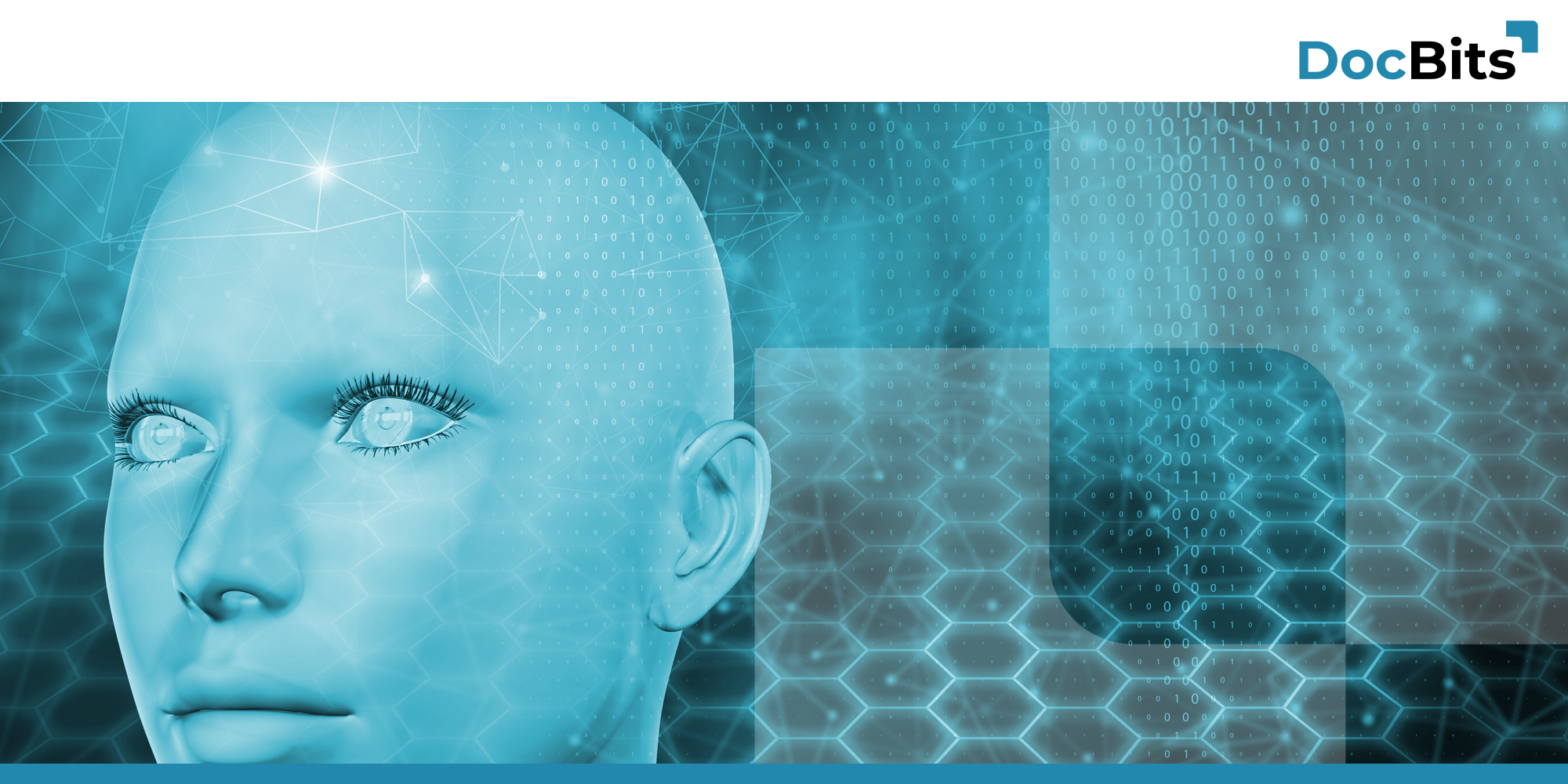In recent years, deep learning has established itself as one of the most groundbreaking technologies in the world of artificial intelligence (AI). But what exactly is deep learning and why is it so revolutionary? In this blog post, we take a look at how deep learning works, what applications it has and why it is changing our world.
Deep learning is a branch of machine learning that aims to recognize complex patterns in large amounts of data. It is based on artificial neural networks inspired by the human brain. These networks consist of layers that process and abstract information to gain deeper and deeper insights – hence the term “deep”.
Unlike traditional machine learning algorithms, which often rely heavily on human pre-processing and feature engineering, deep learning can analyze raw data and extract relevant features automatically.
Deep learning models use several layers of artificial neurons that are connected to each other. Each layer extracts certain features:
The learning process is based on a concept called “backpropagation”, which optimizes the weights of the connections between neurons to increase accuracy.
The possibilities of deep learning are almost limitless and extend into many areas of life. Some of the most remarkable applications are
DocBits uses deep learning to make document processing smarter, more accurate and more efficient. Using techniques such as OCR, NER and NLP, DocBits can transform unstructured data into valuable and structured information. This saves time, reduces errors and opens up new opportunities for automation in areas such as legal, finance and administration.
Deep learning is a transformative technology that is impacting our lives in many ways. From document processing to entertainment, the possibilities are endless. It enables companies to speed up processes, reduce costs and increase accuracy. From OCR to semantic analysis, the possibilities are almost limitless. However, it is important to be aware of the challenges and use the technology responsibly.

Image credits: Header- & featured image by kjpargeter onFreepik
Share: